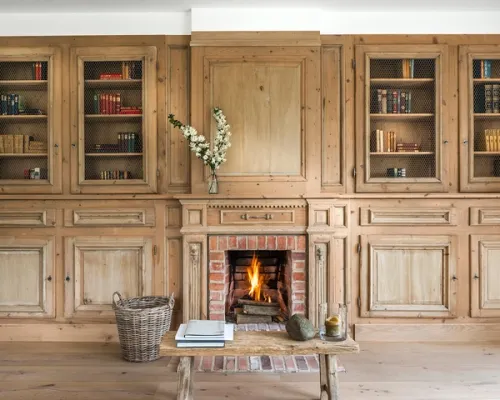Best time of year
Mid-September to late-October
How to enjoy
Fry them immediately and eat on toast
An interview with Daniela Pensold is the founder of wecylebrandenburg
How to forage for autumn mushrooms in Germany
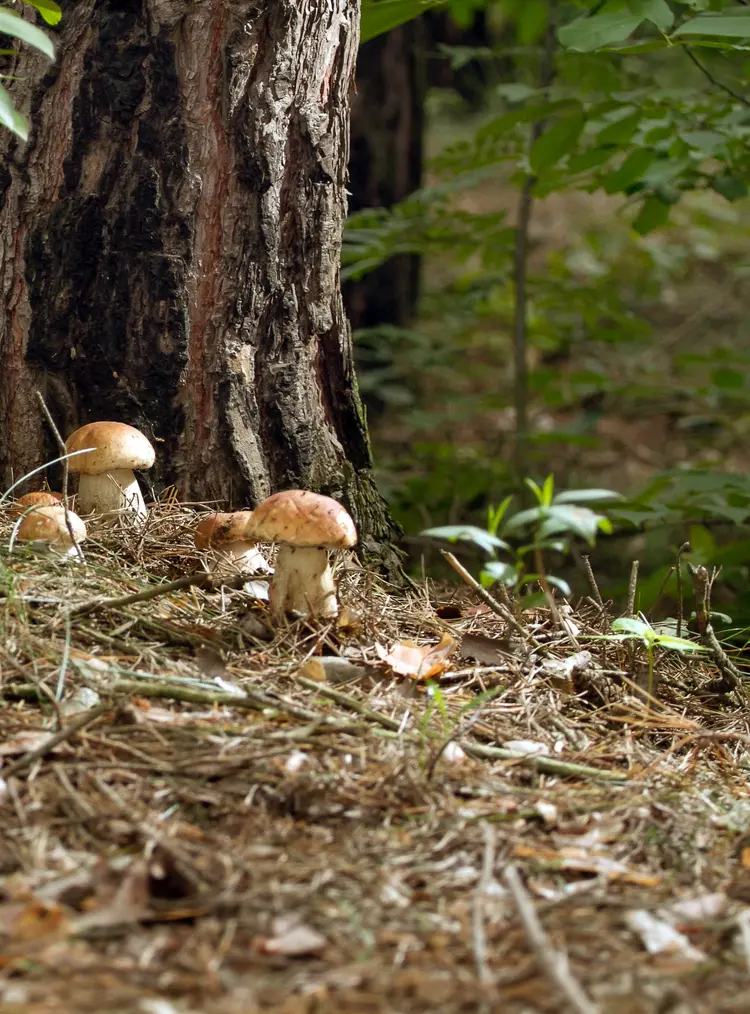
How do we find mushrooms? Which mushrooms can we pick and eat? What do we need to take with us?
Germany is a country full of forests, meaning it’s the perfect place to start your mushroom foraging career. However, mushroom picking, as we all know, is a scary business - how can you tell which are safe to eat?
A few fun facts about why autumn is the best time for beginners to start learning about fungi: The biggest growth of mushrooms in northern Europe is between mid-September to late-October, when the weather starts to cool down (mushrooms love temperature of between 15 and 21 celsius) and the overnight air becomes moist. As mushrooms need a mix of air, light and moisture, they are more likely to be found not far from the beaten path or along the path itself (as the deeper into the forest you go, the less air and light there is). Most forests will also have clearings or areas without many trees, these are also great areas to search.
However, we here at Staycation Collection HQ are in no way foraging experts, so in order to learn more about how to forage for mushrooms in Germany, we sat down with Dani, founder of wecylebrandenburg, and a hobby mushroom forager, to get some more insights into the topic.
The key questions: How do we find mushrooms? Which mushrooms can we pick and eat? What do we need to take with us?
Don't Get Fomo
Fernweh Newsletter
Discover Germany, beyond its tourist spots: get adventure tips and day trip inspiration straight to your inbox. Every month, for free. Sign up so you don’t miss out.
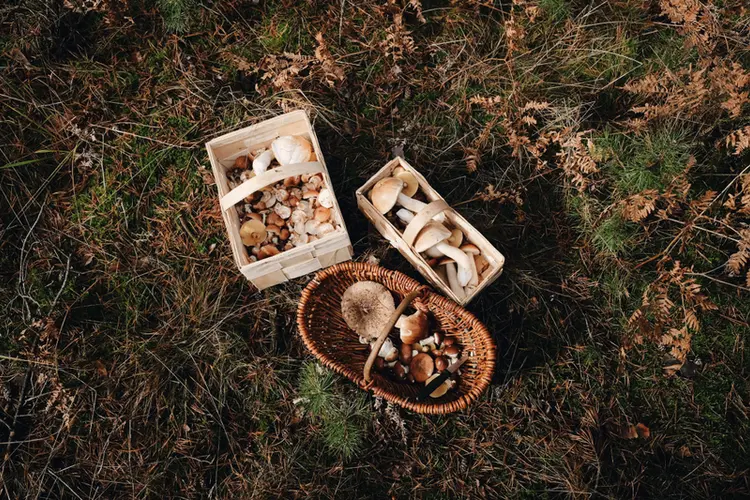
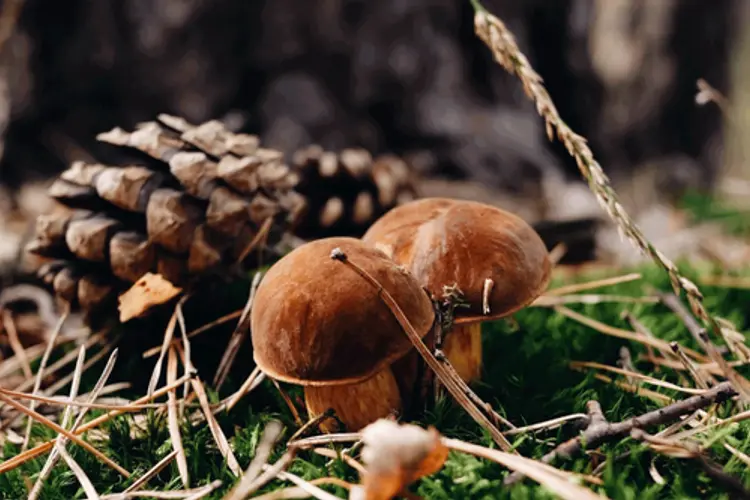
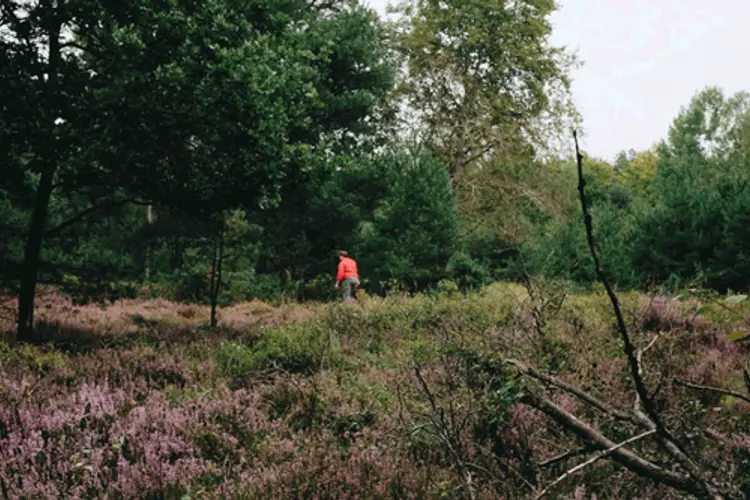
Why should we go mushroom hunting?
Hi Dani! We saw you sharing photos from your early September mushroom foraging trip in Brandenburg, and were impressed by the amount of fresh mushrooms you found! Why do you go mushroom hunting?
My mother comes from the Czech Republic and mushroom picking is something of a national sport there. Even when I was young, my parents took me on long forest tours. Our full baskets were processed every autumn in every conceivable way and the flat smelled of mushrooms the whole autumn.
Today, mushroom hunting is more than just foraging for food for me. When I go "mushrooming" in the forests of Brandenburg today, I want to distance myself from my noisy everyday life in the city. In the forest, hecticness and stress give way within minutes, because there you devote yourself to a single activity: finding. It is the most beautiful kind of deceleration I can imagine.
Describe a perfect mushroom foraging day.
A perfect mushroom day starts weeks in advance by observing the weather! Unfortunately, if it's too dry, mushrooms won't grow. But if the weather has been warm and changeable for a long period, I plan the first outing.
Being in the forest before all the other mushroom pickers is the key. It's usually still dark when I pack my rucksack. I'm one of those ambitious mushroom pickers who doesn't want to find favourite spots that have already been picked by others. I pack a rucksack with a thermos of tea and a few sandwiches. I find that there is no better place for a snack than in a clearing in the fresh air.
A mushroom-picking day is perfect for me when, in addition to a full basket, I've also managed to take a few atmospheric photos. Besides my camera, I also need mosquito and tick repellent, as insects are still quite active in autumn. For picking, I always take an airy basket and my mushroom knife with me. So that I don't get wet feet (and a bad mood!), ankle-high boots are a must.
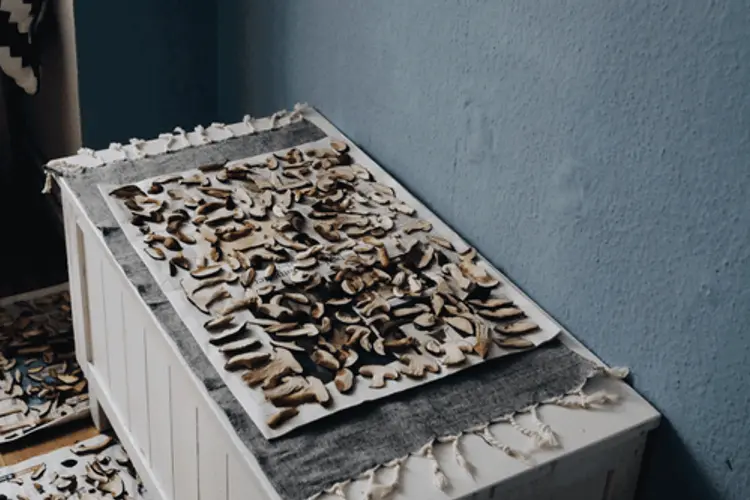
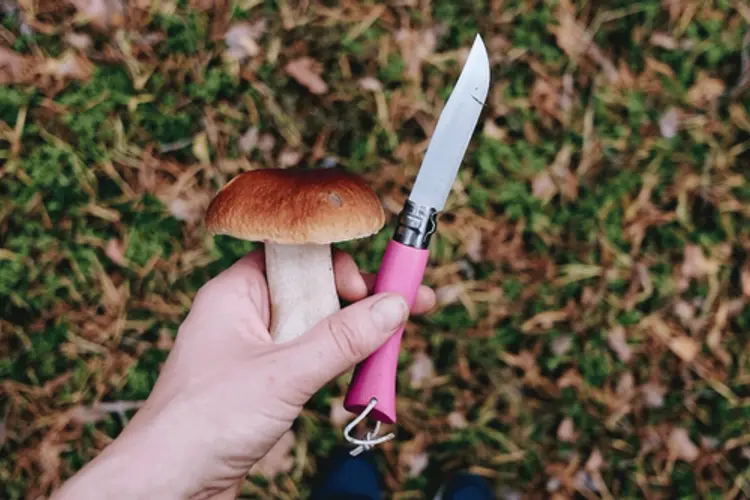
Mushroom tips and tricks
Which places in Brandenburg are your favourite for foraging mushrooms?
The Schorfheide and the Uckermärkische Seen Nature Park are great mushroom picking areas - and tend to be my go tos.
But the pine forests in south-eastern Brandenburg, for example near Märkisch-Buchholz, are also good places to go in autumn. In Berlin, Schlachtensee, Tegel forest and Koepenick region also have a lot of different mushroom types .
As a mushroom picker, you naturally develop your own treasure maps over time, and it's best to keep them to yourself. For years, I've always gone back to the places where I know I'll find them, instead of always wandering through new forests.
What kind of mushrooms do you collect and how do you identify them?
Porcini, chestnuts, umbrella mushrooms, birch mushrooms, red caps and chanterelles (Steinpilze, Maronen, Schirmpilze, Birkenpilze, Rotkappen and Pfifferlinge) go into my basket. All the other mushrooms I might not be able to identify clearly, so I definitely leave them alone; though sometimes when this happens, I take a few photos and try to identify it later with a mushroom guide. With 1500 species of mushrooms, you always learn something new.
However, a real how-to for the safe identification of mushrooms only grows with a lot of knowledge and, above all, experience. A small tip: It is definitely worthwhile to acquire some basic knowledge, e.g. which fungi are in symbiosis with certain trees. With this knowledge you know a lot more than many other mushroom pickers.
What do you do with your mushrooms?
Most of them are eaten when they are fresh! When we have collected a lot of different types of mushrooms, we like to fry them immediately in a pan and serve them with some fresh bread or/and scrambled eggs!
Risotto, mushroom goulash with dumplings or a hearty wild mushroom potato soup are also on our menu. And if the yield of porcini (Steinpilze) was good, we bread fillets of meat to create a schnitzel and serve the mushrooms alongside! This is really a delicacy that you would never get in a restaurant.
What we don't eat is preserved for the winter. Blanched mushrooms are frozen or finely sliced to dry.
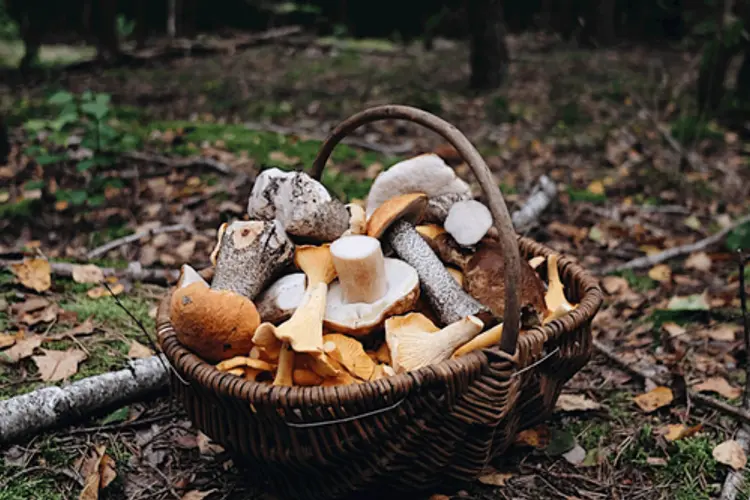
Tips and tricks for first-time foragers
• I am not an expert, although my parents taught me a lot early on. I would always recommend taking part in a mushroom seminar or workshop with an expert. Yes, only 3% of mushrooms are poisonous, but it’s not worth risking it. If you’re unable to attend a workshop, find someone from your circle of friends who knows more about the subject and go for a walk in the forest together.
• If you are wandering through unknown forests, make sure you have a compass or a mobile phone with you! Otherwise, you might not find your car or bicycle again, especially if you’re staring at the ground following fungi!
• Only collect mushrooms that you can clearly identify as safe!
• As a beginner, it is better to start in coniferous forests (fir trees) and where many mosses and lichens grow. There are far fewer varieties there, but there is usually a higher occurrence of a single mushroom species.
• Additionally, if you don't know many mushroom sorts yet, you should keep your hands off leafy mushrooms, as there are many poisonous mushrooms among them. Mushrooms with a sponge, on the other hand, are safer.
• If your search is successful, it is important to clean the mushrooms in the forest. There is no point in bringing home the most delicious porcini mushrooms, only to find they are maggoty because one mushroom had a maggot in it. Do not put dirty mushrooms in the basket either (pack a mushroom knife for cleaning, which has a brush so you can properly clean the mushrooms, plus it's good to cut or scrape off any less-than-desirable areas). This is because, at home, if you don’t partially clean them, a real Sisyphean task awaits you before you can prepare them; so if you take time for these tasks in the forest, you will get it back twice later! At home, you should then process the perishable mushrooms as quickly as possible - otherwise, your nice effort was in vain.
• A good mushroom book is also a valuable addition to your own bookcase.
• For first time foragers, after you collect mushrooms, visit a mushroom advisory centre, where the experts can clear up any last doubts you have about your mushrooms. In Berlin, for example, collected mushrooms are examined at the Botanical Garden.
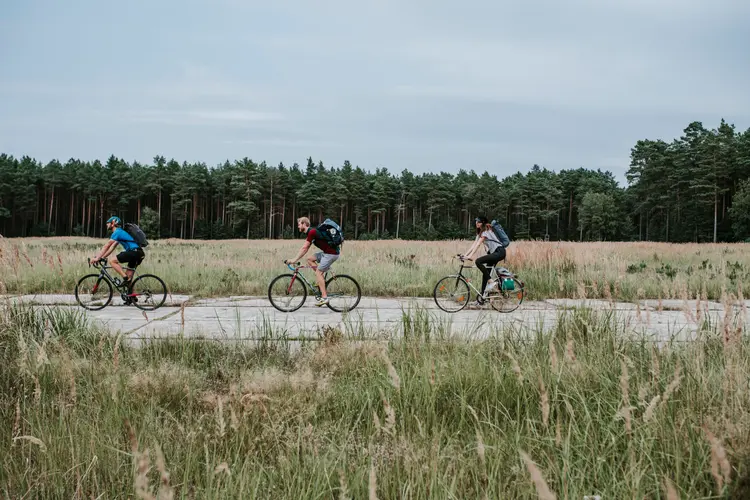
About wecylebrandenburg
Thank you, Dani. Daniela Pensold is the founder of wecylebrandenburg and a graphic designer based in Berlin
wecylebrandenburg tells stories of small adventures on the doorstep. The cycling trips showcased on their website highlight things you can experience on a trip to the countryside. The website also offers worthwhile tours and excursion destinations, summarised in a tour guide. Every now and then, wecyclebrandenburg invites you to join them on a guided bike tour to escape the city.


